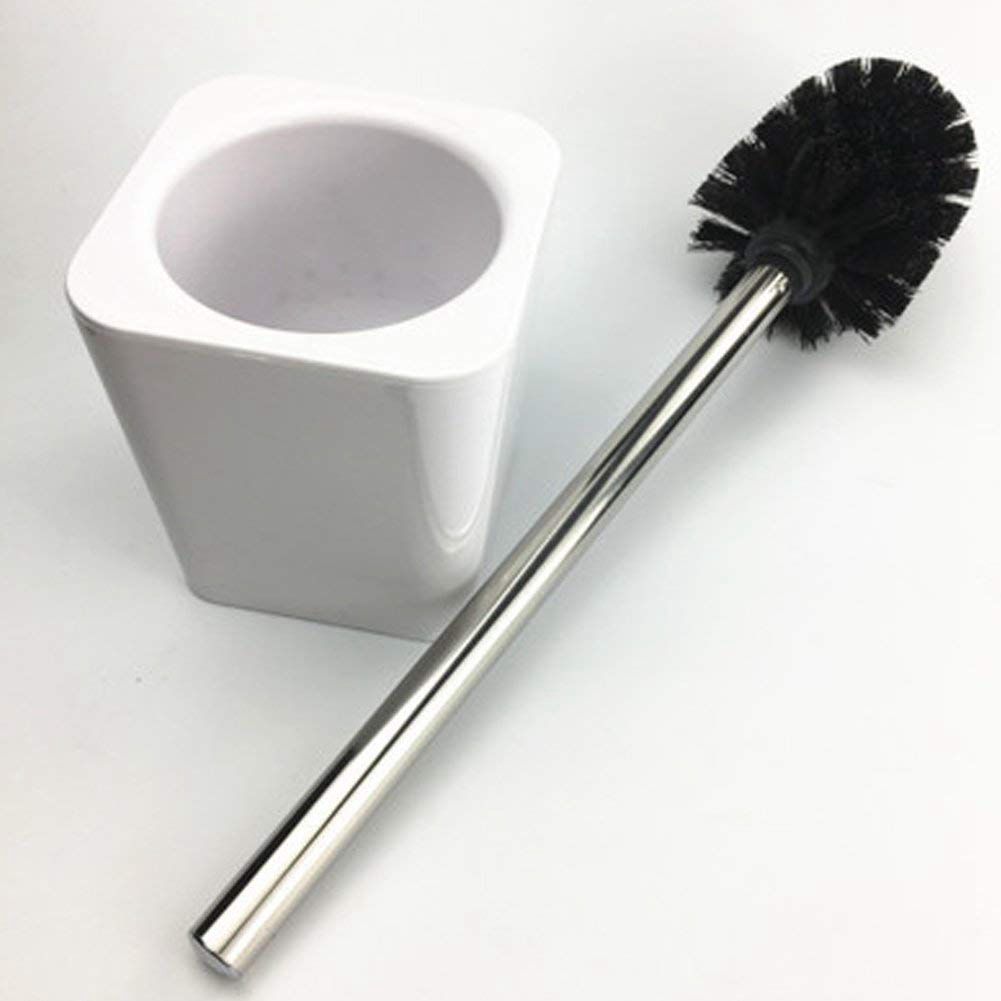Doctors warn: This small item in the bathroom brings health risks!
You probably use it every day without thinking twice. But doctors say this seemingly harmless bathroom item can seriously brings health risks if you’re not careful.
The toilet brush – hidden health risks

The humble toilet brush probably isn’t the first thing that comes to mind when you think about dangerous items. However, doctors say this bathroom necessity can cause a number of health issues if proper precautions aren’t taken.
According to a recent survey, only 13% of people regularly disinfect their toilet brushes. But these brushes come into close contact with bacteria, germs and bodily fluids on a daily basis. Without proper cleaning, they can spread illness-causing pathogens around your bathroom and home.
How toilet brushes spread germs
When you flush a toilet, a fine mist containing microbes is sprayed into the air. As the toilet brush sits in the bowl, it soaks up this “toilet plume” and becomes contaminated.
Then, each time you use and replace the brush, germs are shed into the holder and surrounding environment. From there, they can be transferred onto your hands, towels or other bathroom surfaces.
Research indicates some of the harmful organisms lurking in toilet bowl water include E. coli, salmonella, shigella and Pseudomonas aeruginosa – a bug which causes serious infections in those with weakened immune systems.
Chemical vs manual disinfection
To stop toilet brushes becoming a health hazard, they need to be regularly disinfected. There are two main ways to do this:
Firstly, there are chemical solutions designed specifically for cleaning and deodorizing toilet brushes. Simply fill the holder with solution, swish brush around, and allow to soak for the recommended contact time.
Alternatively, the CDC recommends removing the brush and manually disinfecting at least once per week. This involves giving the brush a thorough scrubbing with detergent and warm water, then completely immersing in a disinfectant like diluted bleach for at least one minute.
Proper brush care
Along with regular disinfection, there are some other steps you can take to ensure your toilet brush doesn’t make you ill:
- Allow the brush to dry completely between uses – bacteria thrive in damp environments.
- Replace the brush every 3 months – bristles become worn over time, making cleaning less effective.
- Close the toilet lid when flushing – this helps contain the germ-filled plume.
- Use separate cleaning cloths/gloves for the toilet – prevents cross contamination.
- Store your brush securely upright with the bristles facing upwards – limits airborne bacteria.
For more info, please visit How to Clean a Toilet the Right Way | Reviews by Wirecutter (nytimes.com)
Hidden hazards
Toilet brushes aren’t the only unexpected germ hotspots in the bathroom. Things like towels, loofahs and bath mats also require regular laundering to prevent mold and bacterial growth.
Meanwhile, your toothbrush sits in a bacteria-laden environment all day, gathering oral microbes with each use. Storing it properly, replacing it quarterly, and avoiding sharing brushes helps reduce infection risks.
Kids and older adults at risk
While inadequate toilet brush hygiene poses a risk to everyone, kids and older adults are more vulnerable to infection from these household items.
Young children have developing immune systems and tend to touch dirty brushes and other bathroom surfaces more frequently. Older adults also have weaker immunity and are more prone to serious secondary illnesses.
Extra precautions should be taken in homes with small children or elderly residents – be vigilant about germ hotspots.
What doctors recommend
Doctors acknowledge it’s easy to overlook something as simple as a toilet brush when it comes to home hygiene. However, they say taking a few minutes each week to sanitize this bathroom essential can save you a lot of pain down the track.
Be sure to use the correct disinfecting products and techniques to eliminate bacteria from bristles right down inside the holder. Making this a regular habit, along with other bathroom cleaning best practices, will help safeguard you and your family’s health.
Maintain vigilance

Toilet brushes can build up a disturbing level of dangerous germs if not properly disinfected. While it may seem trivial, keeping on top of this chore dramatically reduces the risk of catching an illness from your own bathroom.
Be diligent by giving brushes a weekly deep clean and replacing them quarterly. Educate children about correct hand hygiene after using the toilet and avoid unnecessary contact with dirty brushes.
Doctors say staying vigilant provides important protection against toilet brush germs. So take a few minutes to scrub this unexpected health risks next time you disinfect the bathroom.